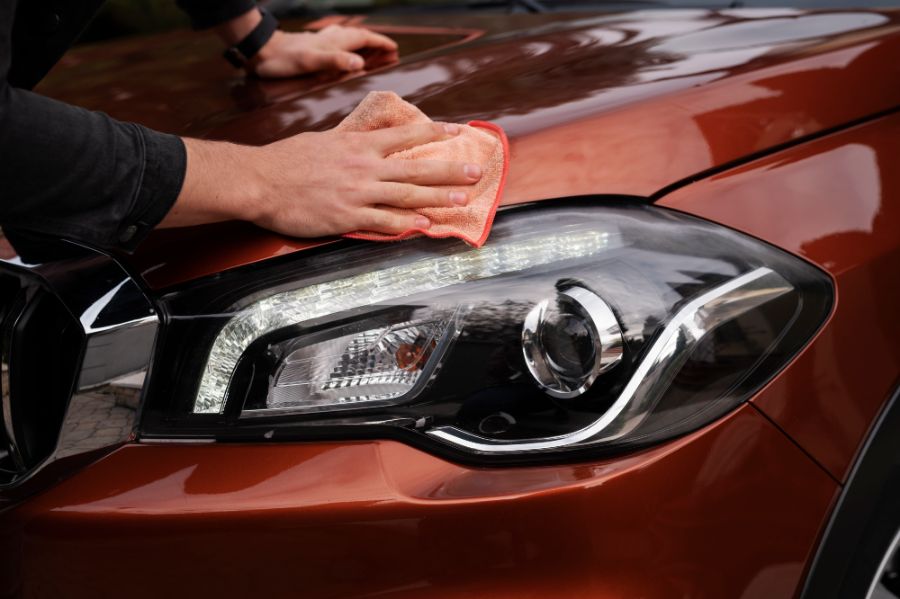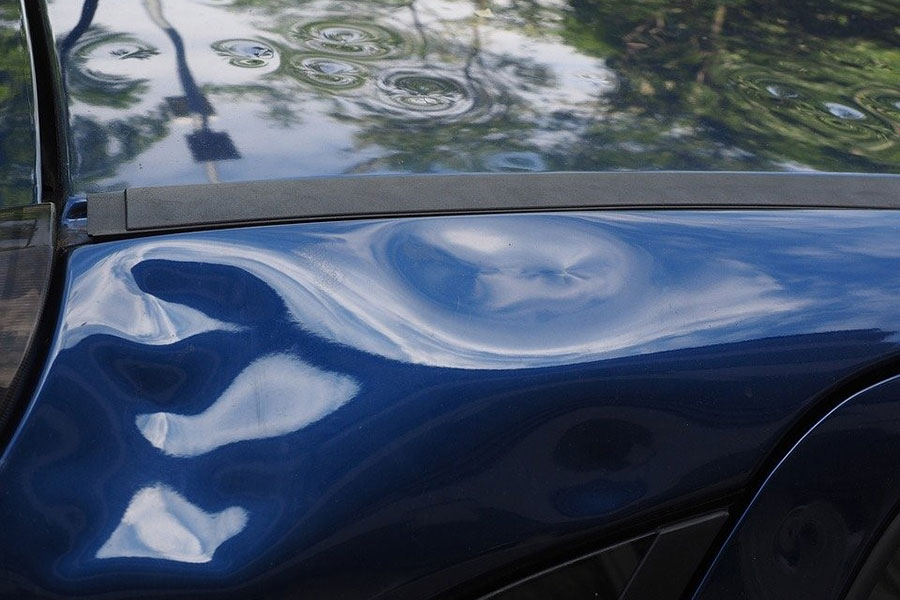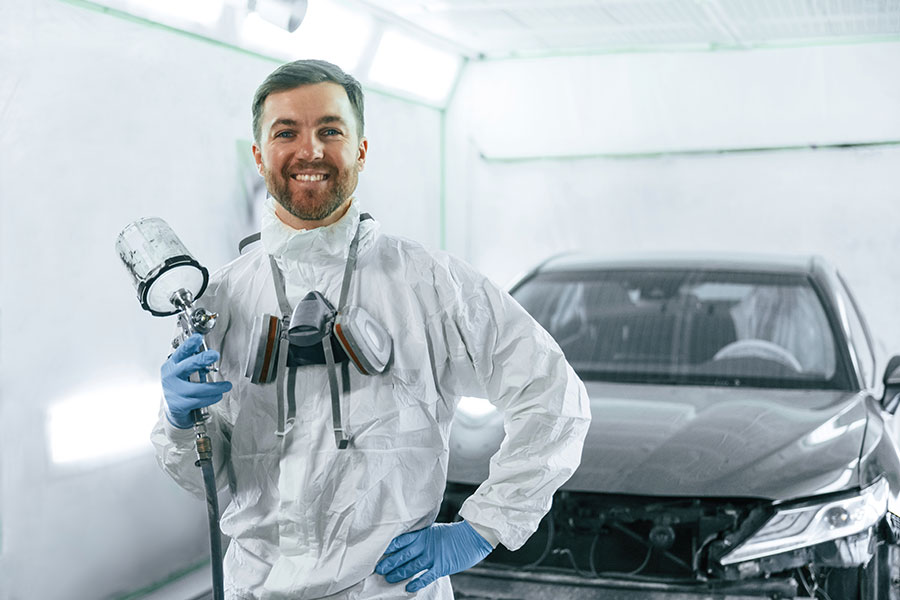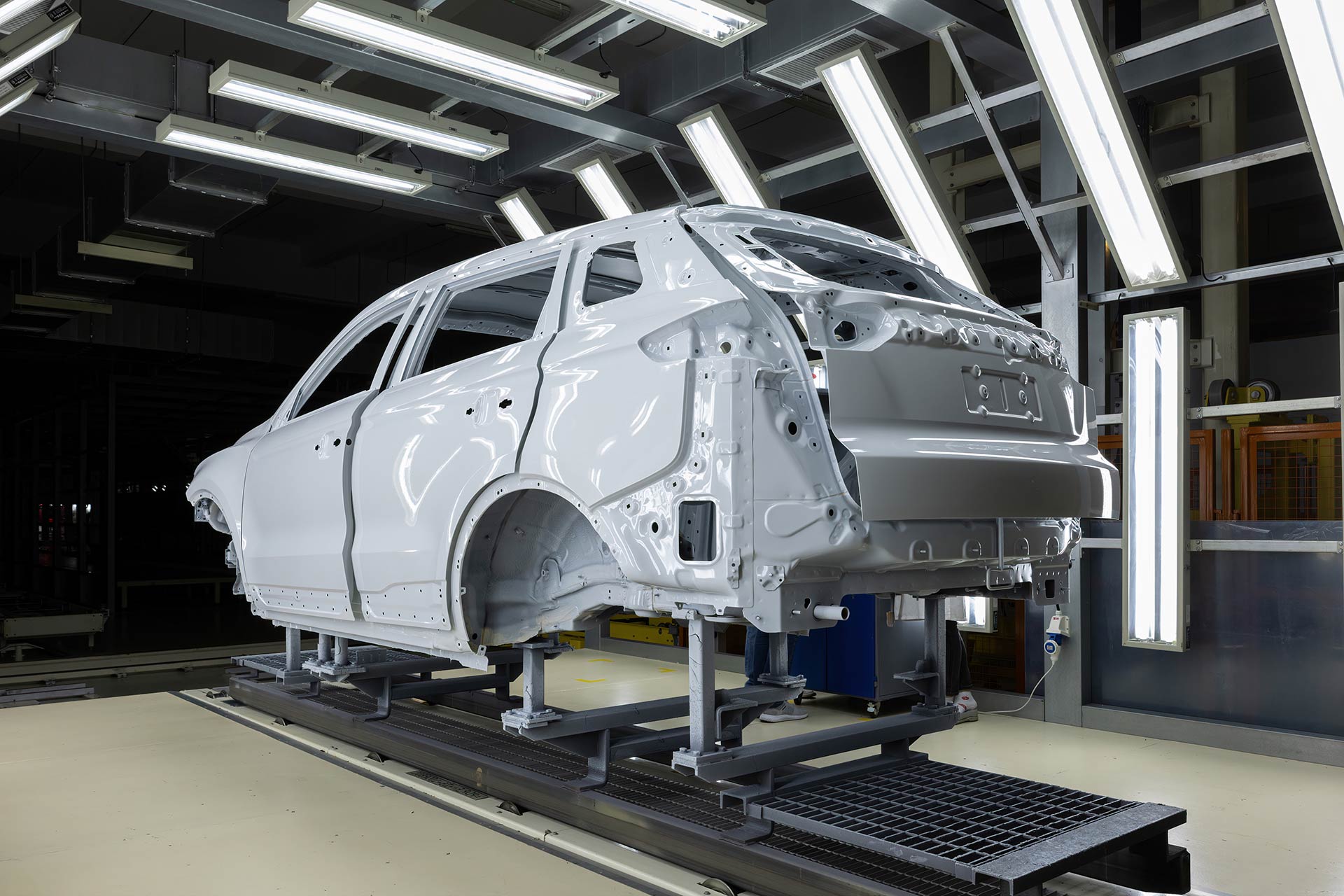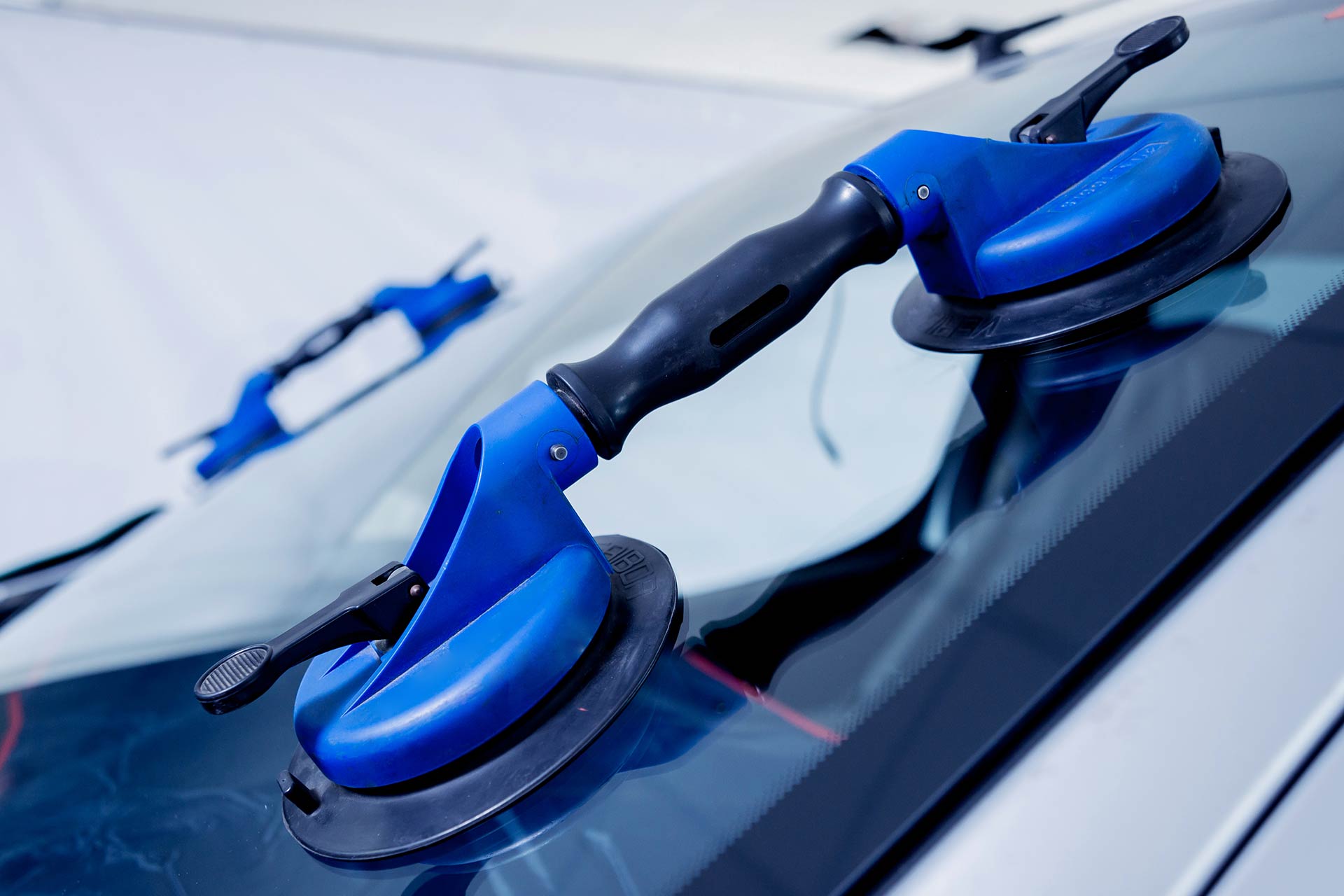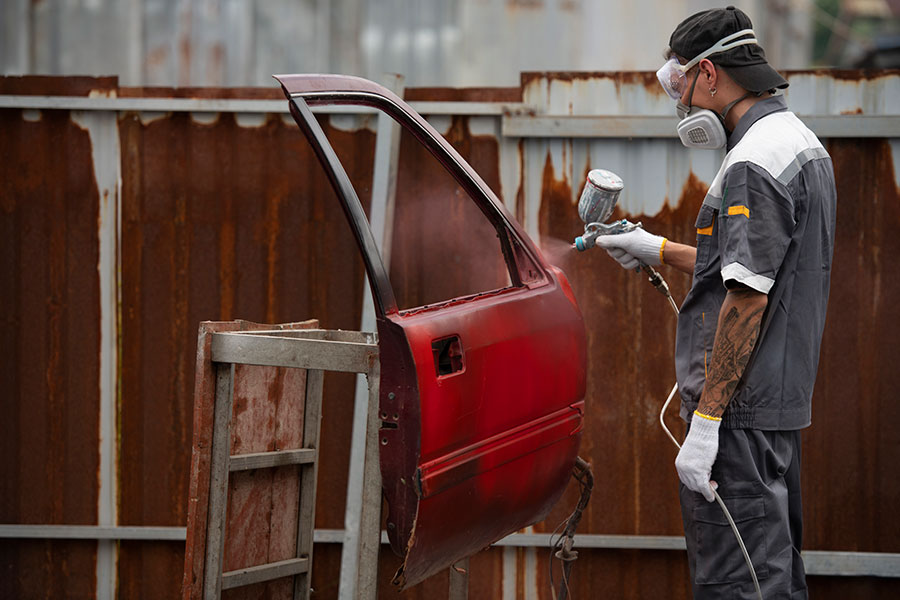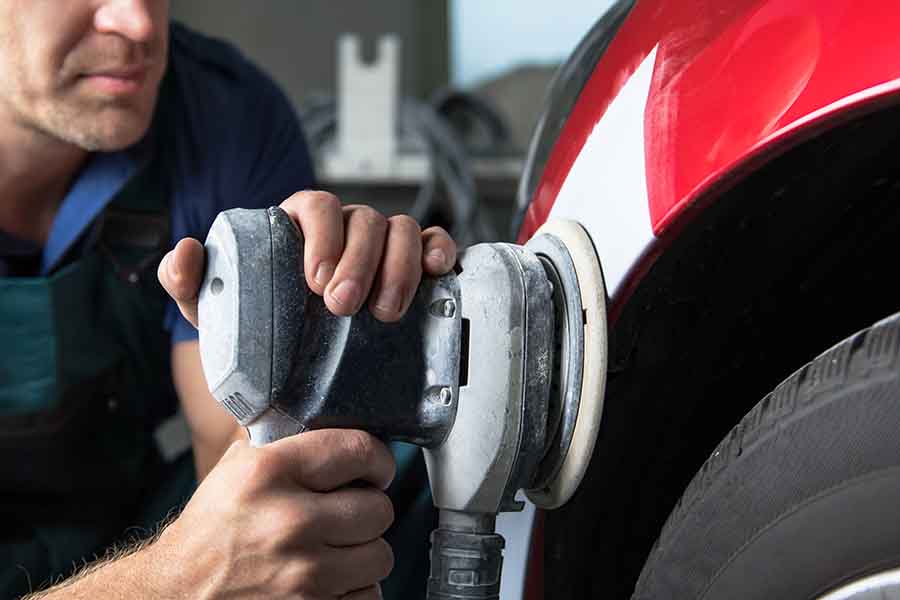Over 70% of cars on the road have been involved in some form of collision. Knowing the professional collision repair steps can make the difference between a car that's safely restored and one that's not. When your vehicle takes a hit, understanding what goes into fixing it isn't just about peace of mind—it's about ensuring the job's done right. From assessing the damage to putting on those final touches, professional collision repair involves precision, expertise, and a step-by-step approach to bring your ride back to its former glory.
Assessing the Damage
Visible Damages
The first step in professional collision repair involves a thorough examination of the vehicle's exterior. Specialists look for obvious signs of damage such as dents, scratches, and broken parts.
They walk around the car, noting each issue they find. This process helps in understanding the extent of the impact and planning the next steps. It is crucial to identify every bit of visible damage to ensure nothing is overlooked.
Hidden Damages
Not all damage from a collision is immediately noticeable. Experts use specialized diagnostic tools to uncover hidden issues within the vehicle's structure.
These tools can detect problems with the alignment, frame, or internal systems that are not visible to the naked eye. Identifying these hidden damages early is key to preventing future safety issues. It ensures that repairs are comprehensive and the vehicle is safe to drive again.
Diagnostic Tools
Advanced technology plays a vital role in accurately assessing vehicle damage. Technicians rely on diagnostic tools to get a detailed picture of the car's condition.
These tools can read the vehicle's computer system, revealing errors and malfunctions caused by the collision. They provide precise data, making it easier to plan repairs. Using these tools ensures that technicians can see beyond surface damages and address underlying issues.
Documentation
Documenting all damages is a critical step in the assessment process. Repair shops take detailed photos of both visible and hidden damages.
These images serve multiple purposes. They help in creating a repair plan and are also necessary for insurance claims. By documenting every detail, repair shops make sure that nothing is missed during the repair process. This documentation provides a clear record of the damage for both the owner and the insurance company.
Choosing a Repair Shop
Research Shops
After assessing the damage, finding a reputable repair shop is crucial. Look for shops specializing in collision repair. They should have a solid track record.
Check online reviews and ask friends for recommendations. Good reviews often mean reliable service. Avoid shops with lots of negative feedback.
Verify Certifications
Technician training matters a lot. Make sure they are certified. Certification means they know how to fix your car properly.
Look for certifications from organizations like ASE (Automotive Service Excellence). Shops that invest in their technicians' education tend to provide better quality repairs.
Warranty Offerings
A good warranty can give you peace of mind. Ask about the repair work warranty before choosing a shop.
Some shops offer a lifetime warranty on their repairs, while others might offer limited coverage. Choose a shop that stands behind its work with a strong warranty.
Reporting to Insurance
Immediate Notification
The first step after an accident is to notify your insurance company. This action should be taken as soon as possible. Doing so starts the claim process and sets everything in motion.
Once you've chosen a repair shop, getting in touch with your insurance provider is crucial. They need to know about the accident right away. This helps ensure that all necessary steps are followed correctly from the start.
Documentation Process
Gathering detailed documentation of the damage is vital. Photos and repair estimates play a big role here. They provide clear evidence of the accident's impact on your vehicle.
After reporting the accident, collect as much information as possible. This includes taking pictures from different angles and obtaining written estimates for repairs. Such documentation is essential for your insurance claim.
Understanding Coverage
Understanding your policy coverage is another important aspect. It determines how much of the repair cost will be covered by insurance. Also, knowing your deductible obligations is crucial.
It's essential to review your insurance policy beforehand. This way, you'll be aware of what expenses you're responsible for. Knowledge of your coverage can significantly influence your decisions during the repair process.
Reviewing Repair Estimates
Estimate Comparison
After reporting the collision to insurance, the next vital step involves reviewing repair estimates. It's crucial to obtain estimates from several repair shops. This approach allows for a comprehensive comparison of costs and the scope of services offered.
Gather at least three estimates to ensure a broad understanding of the repair costs. Each estimate will likely vary, providing insight into different repair methods and parts pricing. Comparing these estimates helps in identifying the most cost-effective and thorough repair plan.
Discrepancy Clarification
Upon receiving multiple estimates, discrepancies may arise. It's common to find differences in labor charges or parts costs among various repair shops. Don't hesitate to ask questions about any unclear charges.
Repair shops should be able to justify each item listed on the estimate. If certain costs seem unusually high or if a charge appears without explanation, seeking clarification is essential. This step ensures that you are not paying for unnecessary repairs or inflated prices.
Inclusive Estimates
A complete estimate should detail both parts and labor costs. Ensure that the estimates received breakdown these two critical components separately. Parts costs can significantly vary depending on whether the shop uses original manufacturer parts or aftermarket alternatives.
Labor costs are calculated based on the hours projected to complete the repairs. Ensure that the labor rate is competitive and aligns with industry standards in your area. A detailed estimate prevents surprises when the final bill arrives.
Preparing for Repair
Personal Belongings
Before any repair work begins, it's crucial to remove all personal items from your vehicle. This step ensures that your belongings remain safe and do not interfere with the repair process. Mechanics need full access to the car's interior and exterior without obstacles.
Removing items from the glove compartment, trunk, and backseat is a good practice. It prevents loss or damage. It also helps the repair team work more efficiently.
Repair Timeline
Understanding the repair timeline is essential for planning ahead. After reviewing repair estimates, ask the collision repair shop for an estimated completion date. This information helps manage expectations and arrange alternative transportation if needed.
Knowing how long the repair will take allows you to plan better. You might need to rent a car or adjust your schedule accordingly. Always confirm these details early in the process to avoid surprises.
Rental Car Need
If the repairs will take several days, consider arranging for a rental car. Many insurance policies offer coverage for rental vehicles while your car is in the shop. Check with your insurance provider about this benefit.
Having a rental car means you won't be stranded. You can maintain your daily routine with minimal disruption. Make sure to book the rental in advance, especially during busy times.
Authorization Form
Signing an authorization form is a critical step before repairs start. This document gives the repair shop official permission to work on your vehicle. It outlines the scope of work and confirms your agreement with the estimated costs.
The form protects both you and the repair shop. It ensures clear communication and sets expectations for both parties. Always read this form carefully before signing.
Monitoring the Repair Process
Regular Updates
Requesting regular updates is crucial in staying informed about the repair process. It ensures that you're aware of the progress and any potential issues that might arise.
Most reputable repair shops will have a system in place for providing updates. They might send emails, texts, or even offer an online portal where you can check the status of your vehicle's repair. Don’t hesitate to ask for these updates if they’re not automatically provided. This keeps the communication lines open and shows that you’re actively involved in the repair of your vehicle.
Shop Visits
If possible, visiting the shop to inspect the progress can be very enlightening. Seeing your vehicle in various stages of repair can give you a better understanding of the work being done.
During these visits, take the opportunity to speak directly with the technicians working on your car. They can provide insights into the work being done and explain any complex processes. However, remember to schedule these visits ahead of time to ensure they don’t disrupt the workflow.
Delays and Discoveries
etimes, unexpected delays or additional repairs might be discovered during the process. It’s important to ask about these as soon as they are identified.
Delays can occur for various reasons such as parts availability, unexpected damage, or technical challenges. Similarly, once technicians begin repairs, they might discover additional issues that weren’t visible during the initial assessment. Stay informed about these developments to adjust your expectations regarding timelines and costs.
Understanding these aspects helps manage your expectations and prepares you for any changes in the repair timeline or cost.
Conducting Quality Checks
Color Match
After the repair process, it's crucial to inspect the color uniformity. Technicians use a keen eye to ensure the paint blends seamlessly with the car's original hue. They examine the vehicle under different lighting conditions to catch any discrepancies.
The correct color match is not just about aesthetics; it reflects on the shop's attention to detail. A mismatch can be jarring and diminish the car's value. Therefore, this step is taken very seriously.
Alignment Check
Once painting is done, checking the alignment is next. This involves looking at how well the repaired parts fit together. Doors, hoods, and trunks should open and close smoothly.
Misalignment can lead to future problems, like uneven tire wear or difficulty in handling. Technicians use specialized tools to measure and ensure everything is correctly aligned.
Finish Quality
Inspecting the finish quality is about more than just making sure the paint shines. It includes checking for dirt, runs, or orange peel in the paint. A smooth finish indicates that the job was done with care.
A high-quality finish protects the car's surface and keeps it looking new longer. Shops take pride in delivering vehicles that look as good, if not better, than before the accident.
Mechanical Function
Test driving the vehicle is essential for verifying mechanical function. This ensures that repairs have not only addressed cosmetic issues but also that the car operates correctly.
During a test drive, mechanics listen for unusual noises and pay attention to how the car handles. They check that all systems, including brakes and steering, are working as they should.
Repair Verification
Finally, shops verify that all requested repairs have been completed. This includes going through the customer’s checklist and ensuring no detail has been overlooked.
Verification is a sign of a shop’s commitment to customer satisfaction. It’s their way of saying they stand behind their work.
Handling Post-Repair Care
Follow Instructions
After your vehicle has undergone professional collision repair, it's crucial to adhere to any specific care instructions given by the repair shop. These guidelines are designed to ensure the longevity and effectiveness of the repairs.
Repair shops often provide a list of dos and don'ts for the first few weeks after repairs. For instance, they might advise against washing your car or exposing new paint to harsh sunlight. These steps help protect the repair work and allow materials like paint and fillers to cure properly.
Schedule Follow-Up
Scheduling a follow-up visit is another key step in post-repair care. This ensures that any issues which may arise post-repair are addressed promptly. It's not uncommon for small adjustments to be needed once you've had the chance to drive your vehicle for a bit.
During this visit, technicians can check that all repairs are holding up as expected and make any necessary tweaks. This proactive approach helps avoid bigger problems down the line and ensures your satisfaction with the repair job.
Keep Documents
Keeping all documents related to your vehicle's collision repair is vital. These records should include detailed invoices, before-and-after photos, and any correspondence with the repair shop. They serve multiple purposes:
- They act as proof of the quality and scope of repairs, which is useful for future reference.
- They're important for insurance claims and can impact future claims or disputes.
- If you decide to sell your vehicle, detailed repair documentation can reassure potential buyers about the vehicle's condition post-repair.
Summary
Navigating through professional collision repair steps ensures your vehicle gets back to its prime condition efficiently. You've learned how to assess damage, pick the right repair shop, deal with insurance, and understand repair estimates. Plus, you're now equipped to prepare for repair, keep an eye on the process, check quality, and manage post-repair care. It's all about taking control and ensuring your ride receives the best treatment possible.
Now's the time to act. Use this knowledge to tackle any auto repair challenge head-on. Remember, choosing a reputable repair shop and staying informed every step of the way makes a huge difference. Drive safe, but know that if accidents happen, you're fully prepared to handle the aftermath. Your car's recovery journey starts with you.
Frequently Asked Questions
How do I assess the damage to my vehicle after a collision?
Quickly but thoroughly inspect your vehicle for visible damages. Consider professional assessment for hidden issues, ensuring nothing is overlooked.
What should I consider when choosing a repair shop?
Look for certified technicians, positive reviews, and a warranty on repairs to ensure quality and reliability.
How do I report a collision to my insurance company?
Contact your insurer as soon as possible. Provide them with all relevant information about the incident and follow their instructions for the claims process.
Why is reviewing repair estimates important?
Reviewing estimates helps you understand the scope of repairs and costs involved, ensuring you're not overcharged and that all necessary repairs are included.
What does preparing for repair involve?
Remove personal items from your car and secure alternative transportation if needed. This simplifies the process for both you and the repair shop.
How can I monitor the repair process effectively?
Stay in touch with the repair shop for updates. Ask for progress reports to ensure timely completion and address any concerns promptly.
What are quality checks, and why are they crucial?
Quality checks verify that repairs meet safety and performance standards. They ensure your vehicle is restored to its pre-accident condition, safeguarding your investment.
What does post-repair care entail?
Follow any specific care instructions provided by the repair shop. Regularly check your vehicle's performance and address any issues immediately to maintain its condition.

